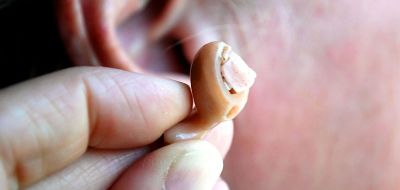“Bioidentical hormones are not synthetic hormones and must not be confused with the synthetic hormone substitution drugs that caused so many problems more than a decade ago. Bioidentical hormones are made from natural plant ingredients to be exact replicas of the hormones naturally produced in the body.” – B Minton
 A bioidentical hormone known as aldosterone may soon make hearing aids obsolete in people with age-related hearing loss. This is excellent news for anyone facing the social stigma of hearing loss or the instant admission of aging announced by the wearing of a hearing aid.
A bioidentical hormone known as aldosterone may soon make hearing aids obsolete in people with age-related hearing loss. This is excellent news for anyone facing the social stigma of hearing loss or the instant admission of aging announced by the wearing of a hearing aid.
Aldosterone is a steroid from the mineral corticoid family that is produced in ample supply by the adrenal glands of young healthy people. But as we age, we lose the ability to make sufficient amounts of aldosterone just as we do with other steroid hormones.
Aldosterone controls levels of two important signaling elements in the body, potassium and sodium. Having optimal levels of these elements in the inner ear is essential for hearing, as they each play a critical role in the conversion of sound into signals recognizable by the nervous system.
When levels of aldosterone decrease as the result of aging, levels of potassium and sodium drop in the fluid of the inner ear where sounds are converted into signals the brain can identify. The result is gradual but progressive loss of sound intensity and word recognition.
